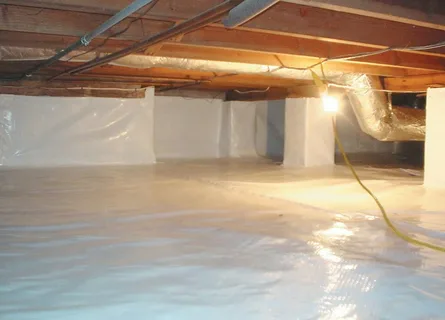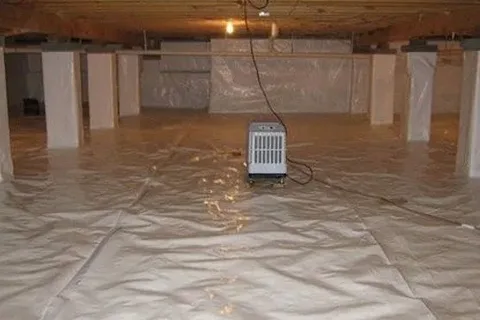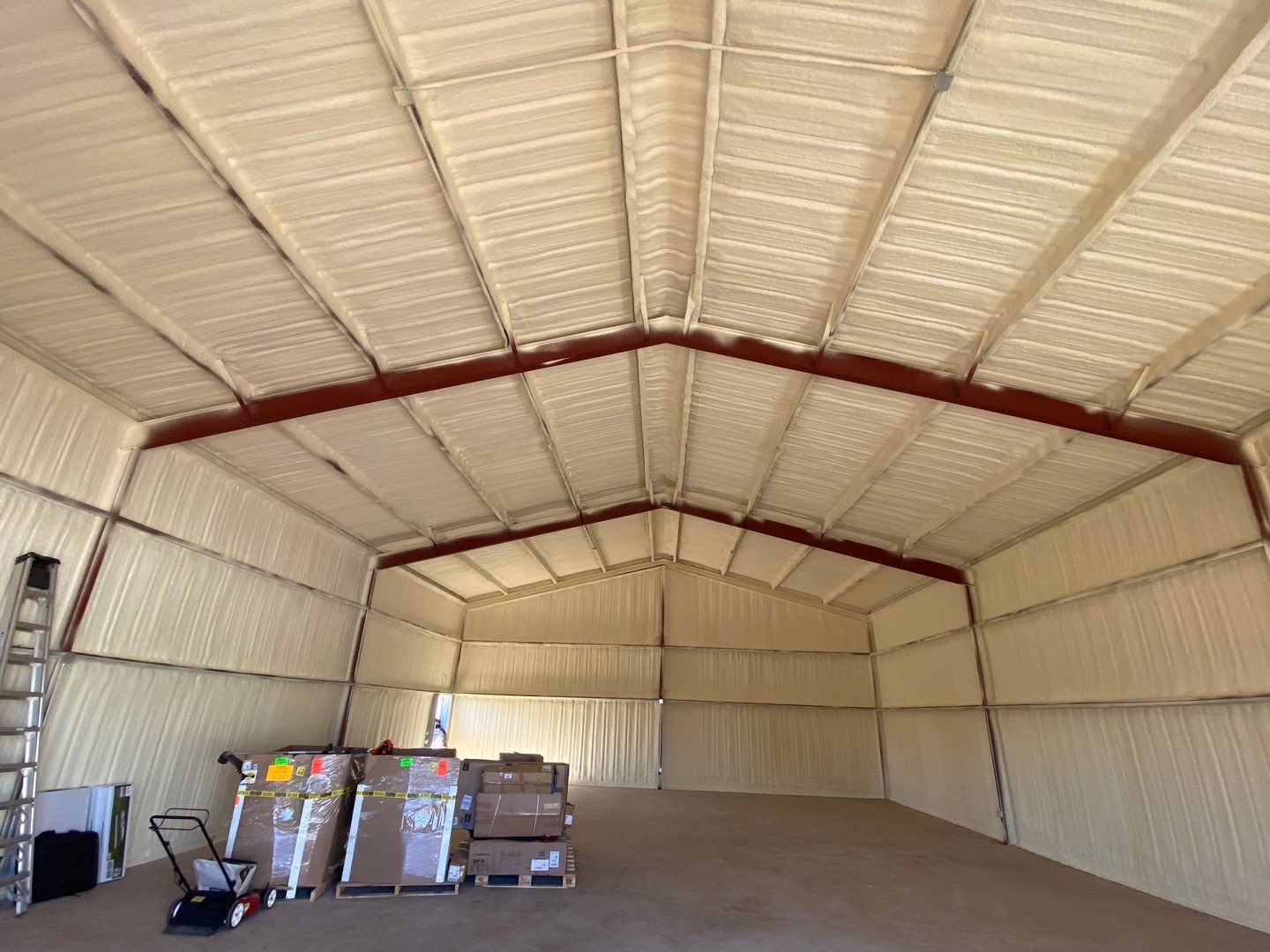Protect Your Home with Crawl Space Encapsulation
Crawl space encapsulation effectively improves insulation in Covington, IN, and protects your home from moisture, mold, and pests. With the region’s varying weather conditions, crawl space encapsulation helps to maintain a comfortable temperature and protect your home’s structural integrity. This process involves sealing and insulating the crawl space to prevent humidity, air leaks, and water damage. Here’s a detailed look at the process and its benefits.

What is Crawl Space Encapsulation?
Crawl space encapsulation is sealing off the crawl space beneath your home to prevent moisture, mold, pests, and other elements from infiltrating. The main goal is to create a controlled environment that keeps moisture and humidity levels low, which helps maintain better indoor air quality, prevents structural damage, and enhances the efficiency of your home’s HVAC system.
Steps to Encapsulate a Crawl Space
- Clean the Crawl Space
Before encapsulating, it’s essential to clear out any debris, dirt, or mold. This cleaning process ensures a fresh start for your encapsulation project. - Seal Vents and Gaps
Sealing any vents, cracks, and gaps around the crawl space is crucial to prevent air and moisture infiltration. This step also stops pests from entering. - Install a Vapor Barrier
A vapor barrier, typically made of thick plastic or polyethylene, is installed across the ground in the crawl space. This barrier prevents moisture from the soil from rising and affecting the space above. - Insulate the Walls
Insulating the crawl space walls can help keep the temperature stable. This step further enhances energy efficiency by reducing heat loss or gain. - Seal and Insulate the Access Door
Make sure the crawl space access door is properly sealed and insulated to further prevent drafts and moisture. - Install a Dehumidifier (Optional)
For homes in areas with high humidity, installing a dehumidifier can help control moisture levels more effectively and protect the crawl space from mold growth.
Benefits of Crawl Space Encapsulation
- Improved Air Quality
By sealing the crawl space, you reduce the amount of moisture that can lead to mold growth, which in turn improves indoor air quality. - Energy Efficiency
Encapsulation helps maintain more consistent temperatures inside your home. This reduces the need for excessive heating and cooling, lowering your utility bills. - Moisture Control
A properly encapsulated crawl space eliminates excess moisture, preventing the growth of mold, mildew, and other harmful bacteria. - Pest Prevention
Sealing your crawl space creates a barrier that keeps pests like rodents, insects, and termites from entering your home. - Structural Protection
Moisture in a crawl space can weaken the foundation and wooden structures of your home. Encapsulation helps protect your home’s foundation from water damage and deterioration.
Is Crawl Space Encapsulation Right for You?
Crawl space encapsulation is an excellent investment for homeowners who are concerned about moisture, energy efficiency, and home preservation. If you live in an area with high humidity or have noticed mold, musty smells, or increased energy bills, encapsulating your crawl space can address these issues and more.
Before starting an encapsulation project, it’s important to consult a professional to assess your crawl space and determine the best course of action.
Conclusion
Crawl space encapsulation offers numerous benefits for homeowners in Covington, IN, and beyond. It improves energy efficiency, prevents moisture and mold problems, protects the foundation, and enhances overall indoor air quality. Investing in this process will not only improve your home’s comfort but also extend its lifespan.
FAQs
1. What is the cost of crawl space encapsulation?
The cost varies depending on the size of your crawl space and the materials used, but it generally ranges between $2,000 and $6,000.
2. How long does crawl space encapsulation last?
When properly installed, crawl space encapsulation can last 20-30 years, depending on maintenance and environmental conditions.
3. Can I encapsulate my crawl space myself?
While DIY encapsulation is possible, it’s recommended to hire a professional to ensure proper installation and sealing.
4. Does crawl space encapsulation help with energy bills?
Yes, encapsulating the crawl space improves insulation, which can lead to significant savings on heating and cooling costs.
5. What materials are used in crawl space encapsulation?
Common materials include vapor barriers (plastic or polyethylene sheets), insulation boards, sealants, and sometimes dehumidifiers to control moisture levels.














Post Comment